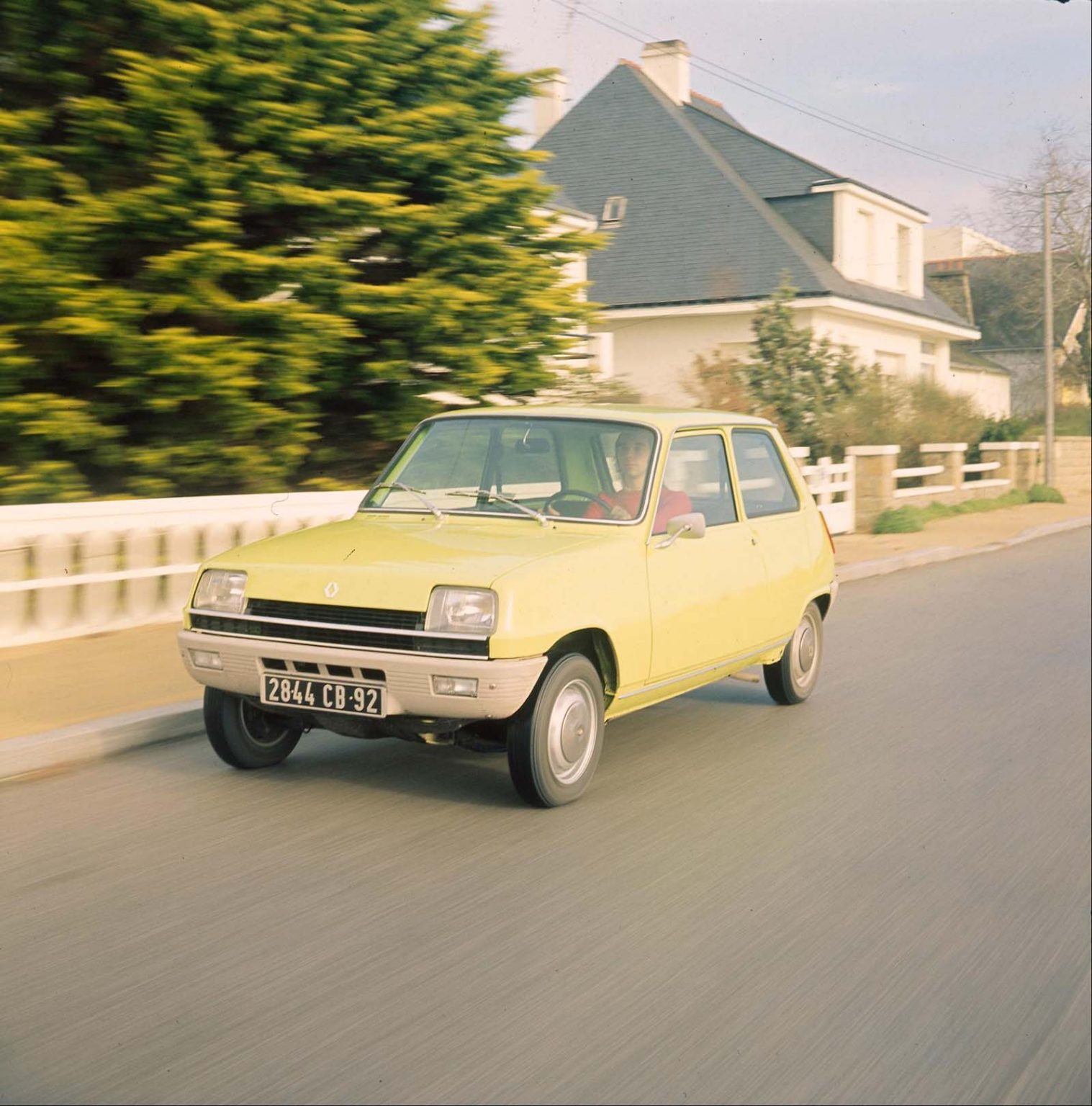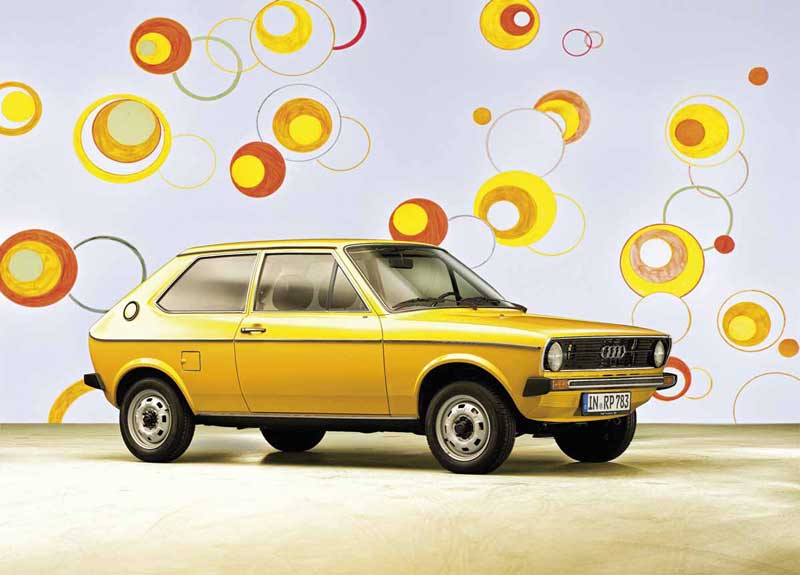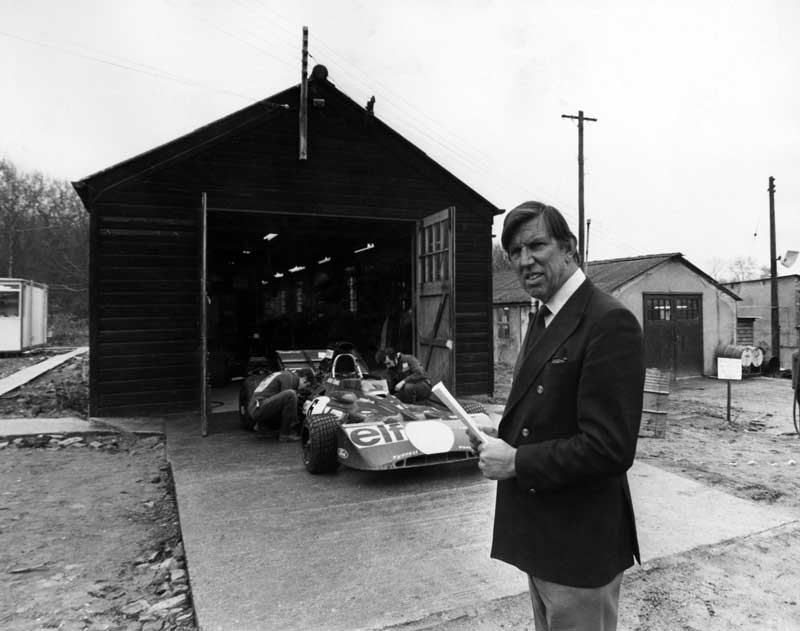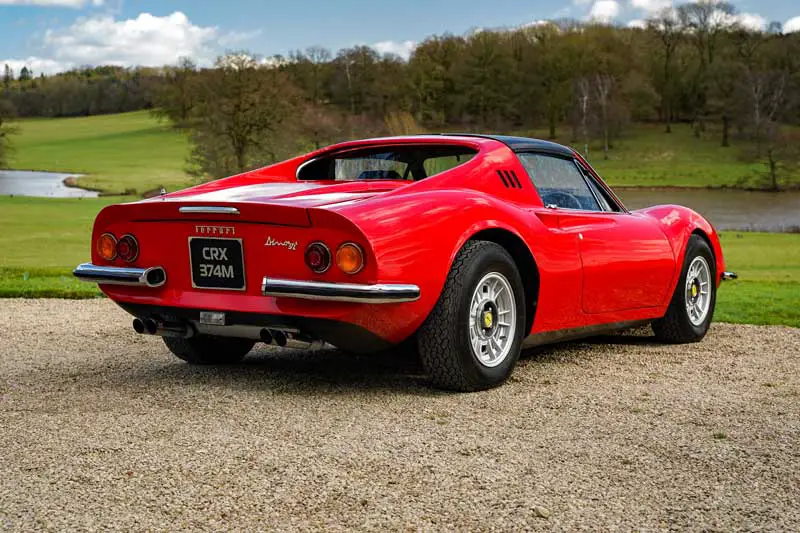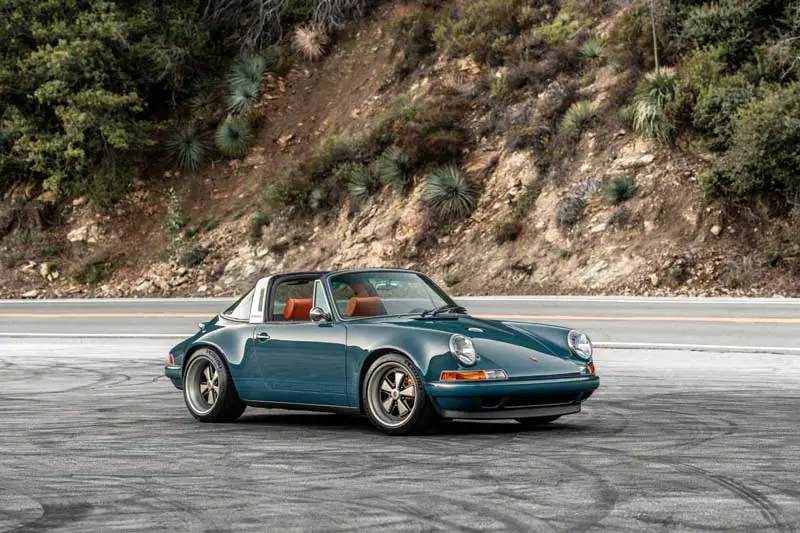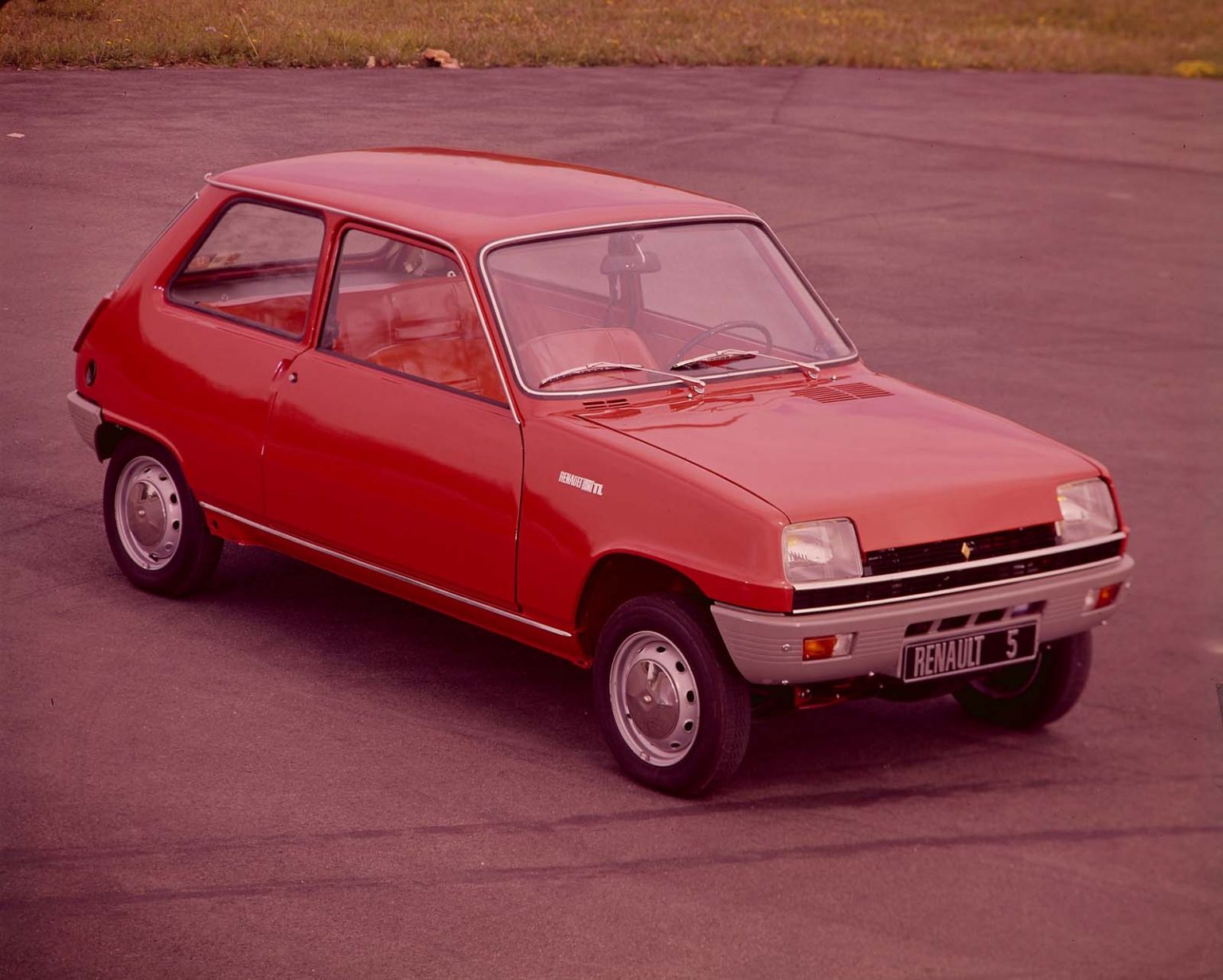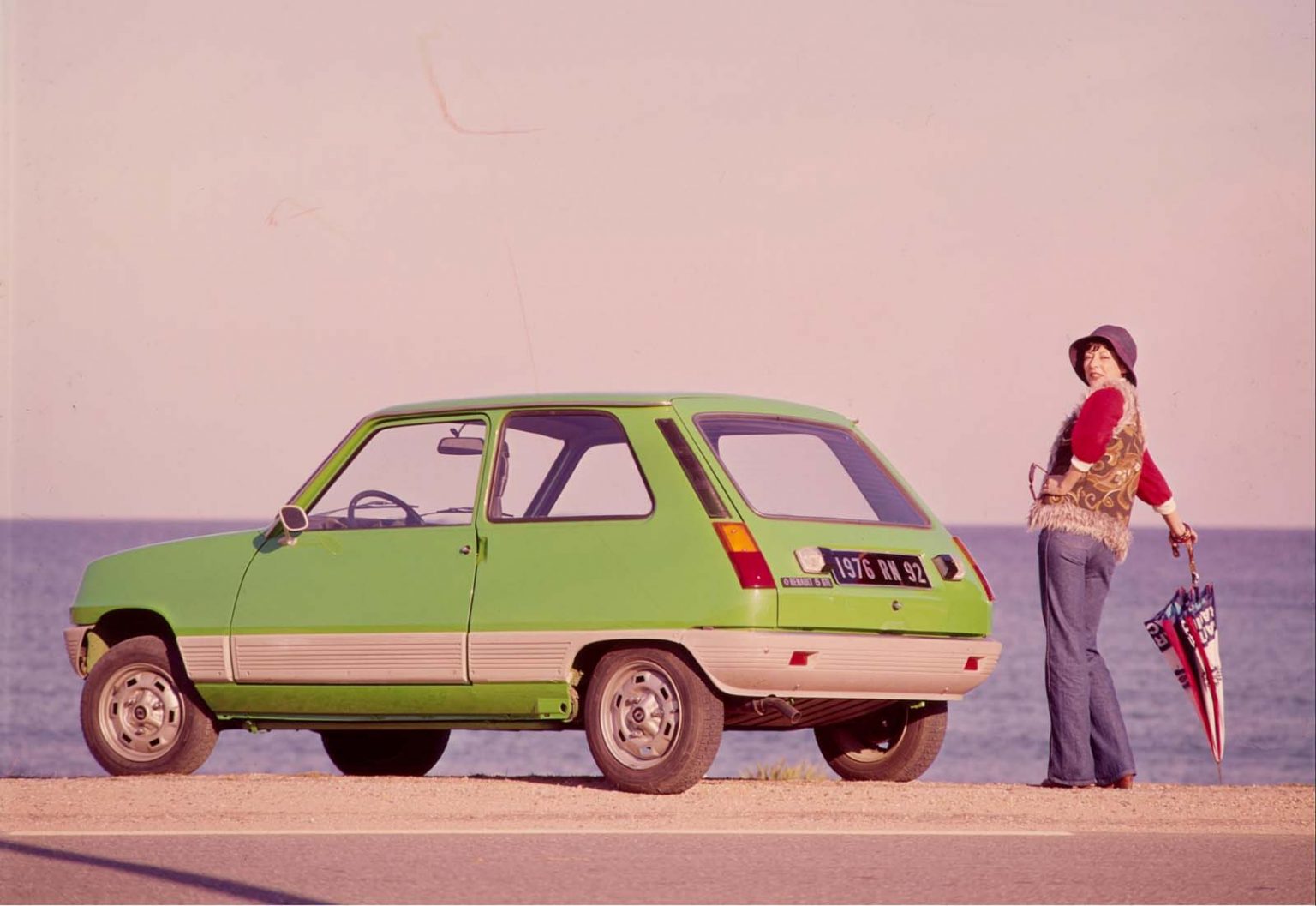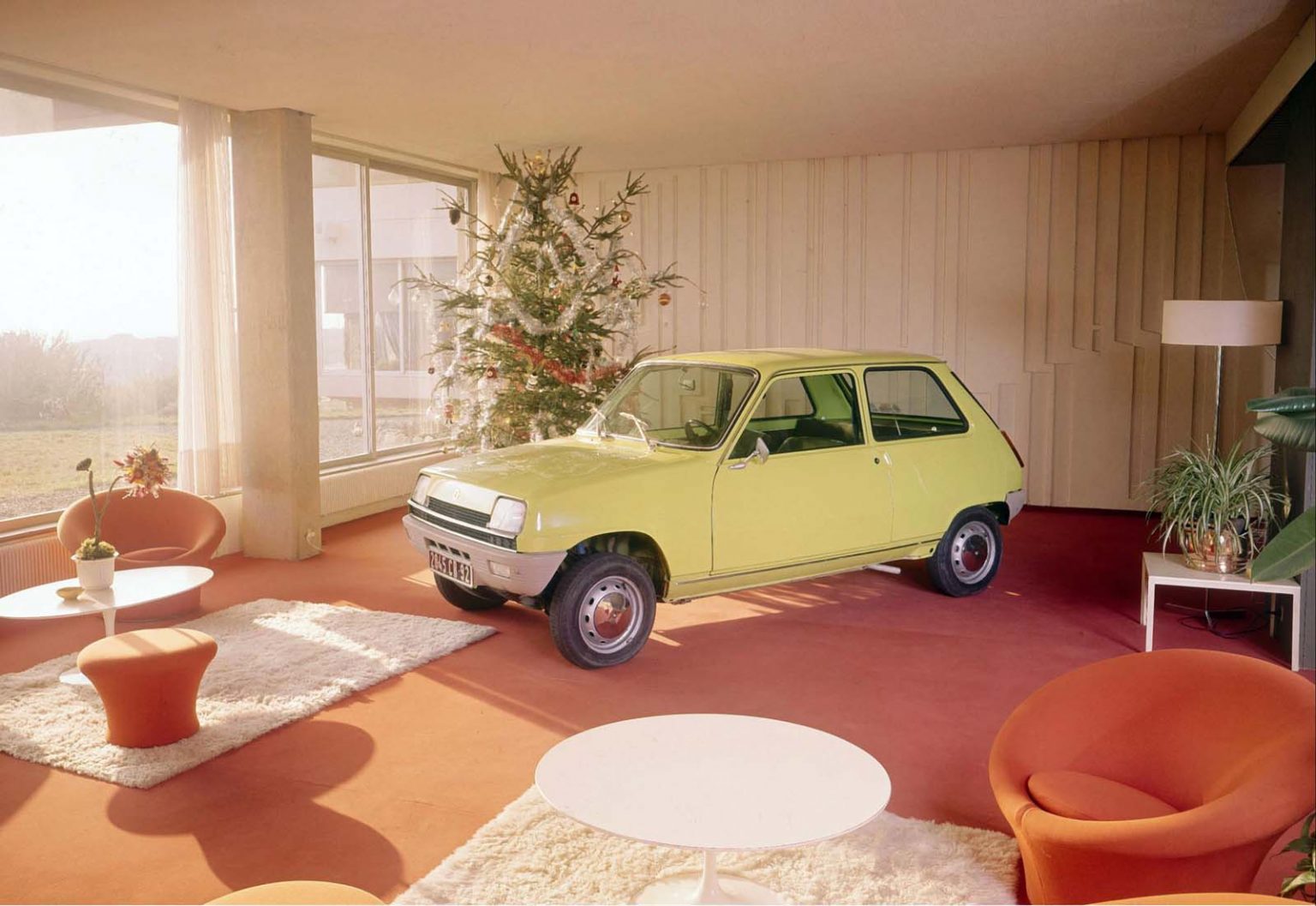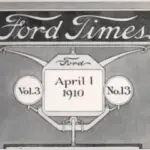
It occurred to me that what I’d want to drive this month is a Renault 5. Not just any Renault 5, but a first generation. The one with the very basic plastic seats and the gear lever coming out of the dash. Maybe it has something to do with Renault announcing the new 5 EV, which is being built in the same factory as the original.
The first Renault 5 was styled by Michel Boué in his spare time. Renault learned of this and decided to start a development programme. The steep hatchback design, that would become common to all small cars and the plastic bumpers front a rear too. Set quite a trend there with those.
The 5, or Cinq, first appeared in the UK in the autumn of 1972. Sadly, this was after the death of Boué who never got to see the success of his creation. It lost the 1973 European Car Of The Year award to the Audi 80. A fine car, but the 5 was surely more in spirit of the award. It certainly made an impact and was different enough to the competition.
The Renault 5 used the familiar mechanicals from the 4, which will feature here too. The basic nature of the car suiting the old powertrain. The old 782 and 956 cc four cylinder units making for adequate enough progress in the lightweight body. Later on, the engine sizes would grow, but I want an early one.
The car was a monocoque with all sections welded together in one structure, This being a departure from the 4 with its separate platform. This made it lighter and more modern.
The most basic version the L came with the smallest engine, the basic seats and drum brakes all round. But it was cheap, less than 10,000 French francs at launch. Foreign models came with disc front brakes and a more powerful 956 cc engine. You would even get reclining seats in these models. It’s ok, I’ll compromise on one of those.
